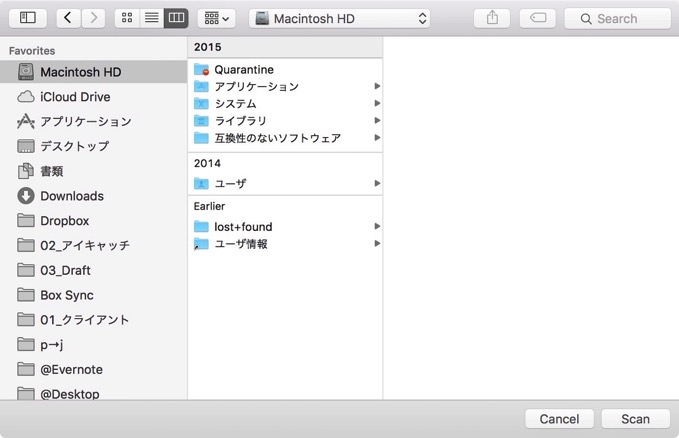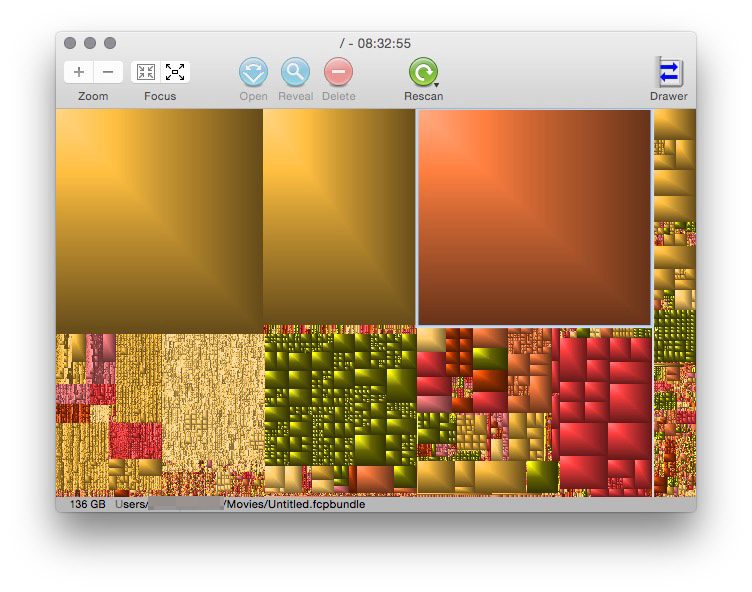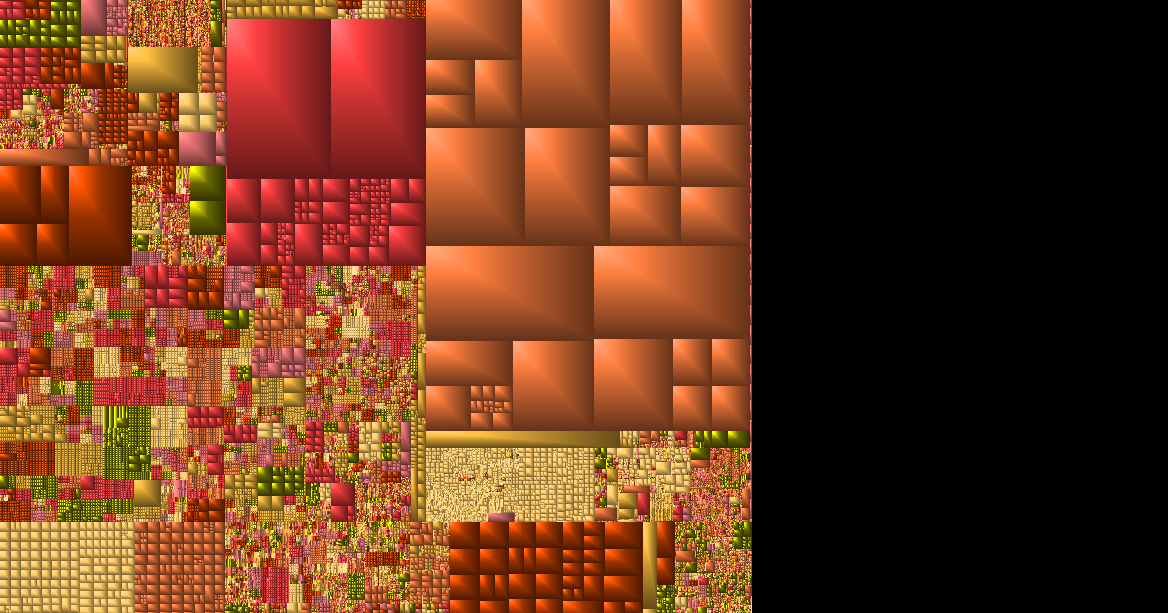

Download GrandPerspective from Sourceforge for free or from the App Store for $1.99. Files in the same folder appear together, but their placement is otherwise arbitrary. Each file is shown as a rectangle with an area proportional to the file's size. It uses a so called tree map for visualisation. It can help you to manage your disk, as you can easily spot which files and folders take up the most space.
GRANDPERSPECTIVE FOR MAC FOR MAC
GrandPerspective GrandPerspective GrandPerspective is a small utility application for Mac that graphically shows the disk usage within a file system. Clean Up Non Mac Disks 1.3 For Mac Download.Clean Up Non Mac Disks 1.3 For Mac Free.Afterward, open those results in a separate window to compare with the last results. The app lets you rescan a folder with different settings.You can choose from audio, hard-links, images, app package contents, and more. Create new filters for refining the view and perform filter tests to mix them in different ways.Or select Load Scan Data to create a new view with older scanned data. Select from the list of recently scanned folders to save time.You can change the sorting criteria by creation date, extension, file type, or folder and even choose a different color palette.

Press Space to take a quick look and click the Reveal button to show the selected file/folder in Finder. Then, you can take action directly on that item. Press Cmd + to move up and down in the file hierarchy.Ĭlick a block to lock the selection. You can move the selection from a file to one of the folders and vice-versa by changing the focus. Hover your mouse pointer over a block to display the file name and size at the bottom of the view window. A view window shows the contents in colorful rectangle blocks. Upon launch, it asks you to select a folder or drive you want to analyze. GrandPerspective is a utility app that uses a treemap structure for visualizing disk space. If your startup disk consists of at least four separate volumes, you might notice a reduction in space available to Macintosh HD. In APFS, every disk is a container that can hold multiple volumes and shares the same pool of free space.As a result, it may show the System category taking a lot of space. But neither Finder or About This Mac shows the space taken by snapshots. When Time Machine creates local snapshots, the file system is aware of the changes. The APFS snapshot feature works differently.Finder does not understand this mechanism and wrongly estimates free and used disk space. Instead of duplicating the data, it updates the metadata, and the on-disk data gets shared. Your Mac's file system, APFS, uses space-efficient clones while copying a file within the same volume.Although hard links take no actual disk space, Finder counts them (at least) twice as distinct files, resulting in inaccurate estimation of folder sizes.



 0 kommentar(er)
0 kommentar(er)
